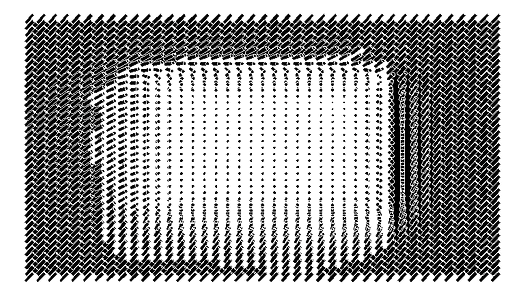OUR VISION
Founded in 2012, OPē adopted the vision to change the way we think about data security.

We innovate, collaborate, and develop secure solutions that push the boundaries of cybersecurity, cryptography, and nanotechnology.
leadership

Joshua Smith
CEO / Co-Inventor
CSO, CIO, Investor, Inventor. 18+ years pushing the boundaries in Cybersecurity, Nanotechnology, Photonics, Optics & Processing. Lead Inventor and Head of R&D.
“Having spent years in silicon labs and clean rooms all over the US together with our high-ranking scientific partners, we are finally ready to launch our breakthrough product.”

Jesse Orrico
Operations
COO/CPO, Founder, Investor. 20+ years Innovation, UI/UX, Brand, Creative, Content, Data, Traffic, conversion, IT. Mass Transit, Travel, Healthcare, Entertainment, Hospitality verticals. Microsoft, Disney, Adobe, McDonalds, Providence, Walgreens.
“I’ve had the privilege of witnessing first-hand the remarkable dedication of OPē’s team. Their unwavering commitment to excellence has been pivotal in our accomplishments.”

Chad McCollum
Co-Inventor
CEO, Investor, Entrepreneur. 30+ years of Electric and Electronic Engineering excellence. Silicon Process Flow, Schematic Design, Processing, Electronic Systems, Technology Development.
“I’m truly proud of our stellar expert team. In this interdisciplinary and multifaceted project, every single team member is essential to OPē’s success”

Joe Yin
Project Management
PMO Director and Financial Controller: 20+ years of financial data analysis, software development project management and revenue and OPEX budget/forecast management.
“It is nothing short of extraordinary to be driven by the expertise, dedication and innovative spirit of our team every day.“
INTELLECTUAL PROPERTY
Patents Awarded
Calculating Arithmetic Sums in a Single Operation with Light
Optical computing
DUODS
Japanese Patent: 7252216
Data Sec App & Method – Constant Optical Signal Input to Analog
Patent Number: 11,699,361 B2
Data Security Apparatus with Analog Component
DUODS
Korean Patent: 10-2020-7000622
Patents Pending
Optical computing
Application #: US 17/461,915
Optical computing
Application #: US 17/384,769
DUODS
Application #: US 17/221,228
DUODS
Application #: PCT/US18/36837
DUODS
Application #: JP/ 2020517771
DUODS
Application #: KR/20207000622
DUODS
Application #: CN/201880038215
DUODS
Application #: EPO/18814346.5
Data Sec App & Method – Constant Optical Signal Input to Analog
DUODS
Patent Number: 11,699,361 B2
